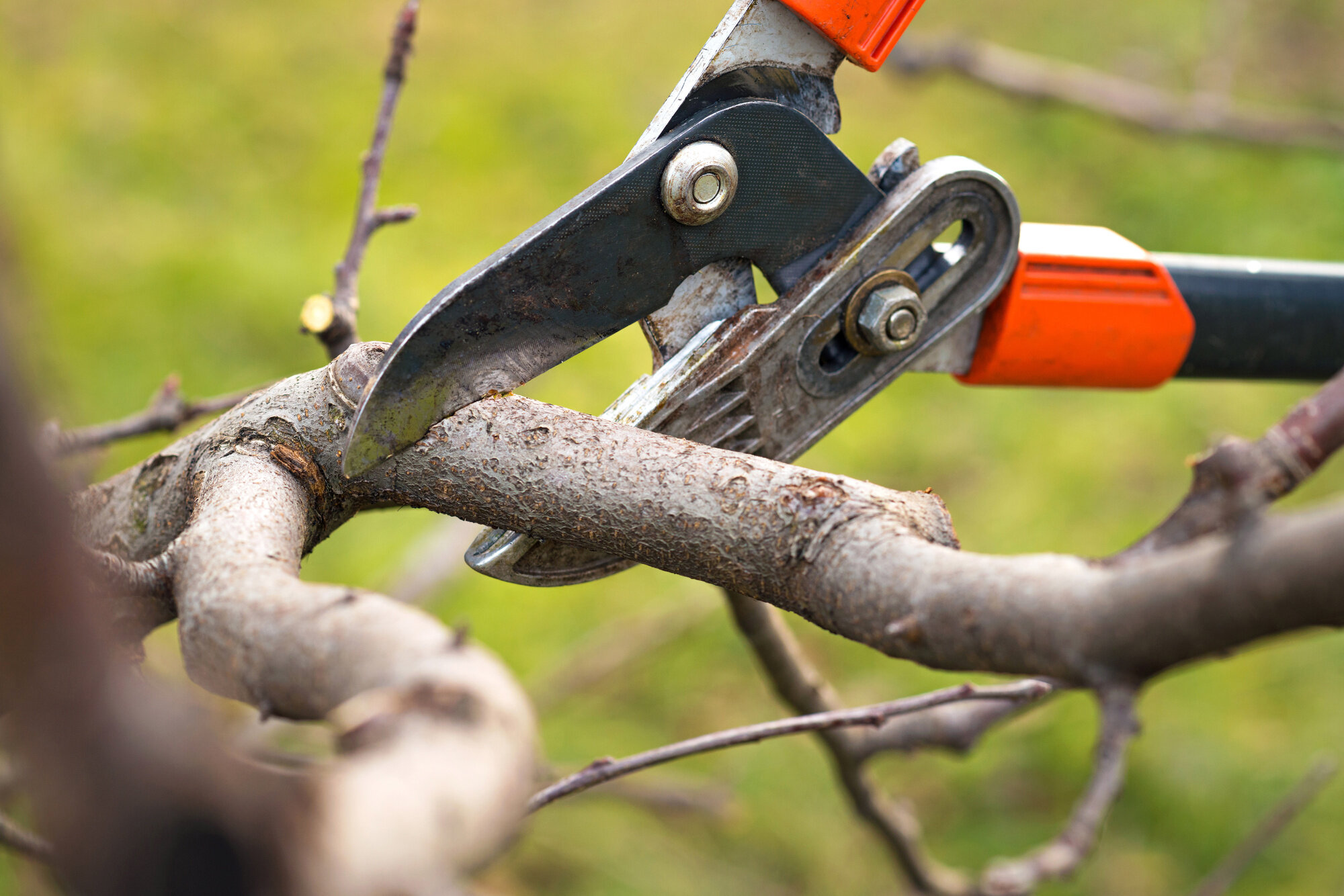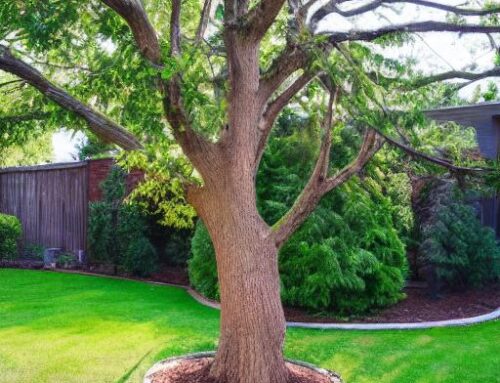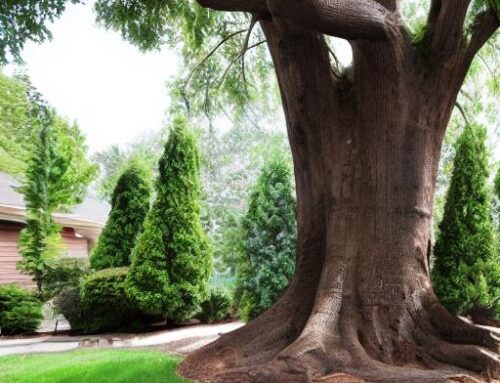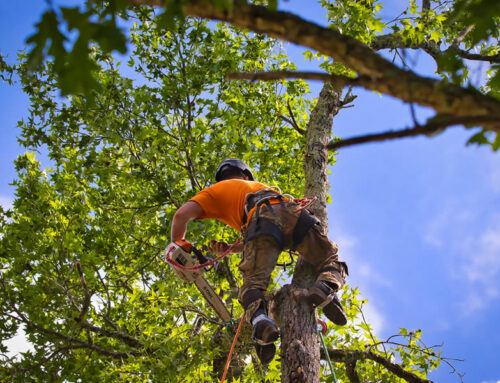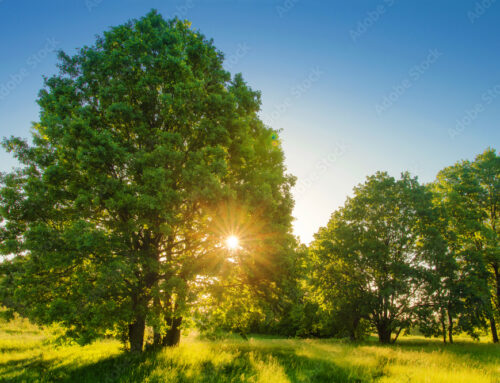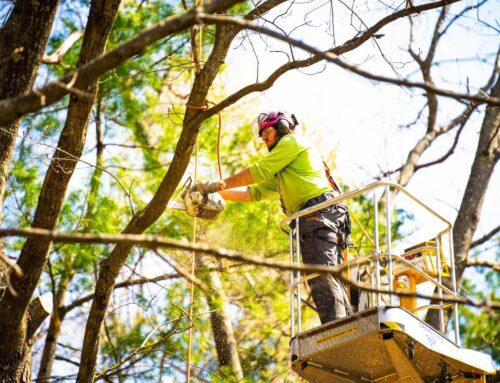Ever wondered how professional tree pruner services could transform the health of your trees? With the expertise and precision that our team at Henderson Tree Service offers, the benefits go beyond mere aesthetics. By entrusting your trees to our skilled arborists, you are ensuring a level of care that enhances not only their beauty but also their vitality. Discover how our tailored pruning techniques can revitalize your trees and set them on a path to long-lasting health and growth.
The Role of Professional Tree Pruning
In our experience at Henderson Tree Service, professional tree pruning plays a vital role in maintaining tree health and promoting optimal growth. We understand the deep connection you have with your trees, and we share that passion for nurturing them to thrive. Through precise pruning techniques, we can enhance the overall well-being of your trees, ensuring they remain strong and beautiful for years to come.
When our team of skilled arborists prunes your trees, we do so with care and expertise. By removing dead or diseased branches, we prevent the spread of illness and encourage new, healthy growth. This attention to detail not only improves the appearance of your trees but also safeguards them against potential hazards, such as falling limbs during storms.
Furthermore, professional pruning allows us to shape your trees in a way that promotes structural integrity. By eliminating weak or overcrowded branches, we help prevent breakage and maintain a balanced canopy. This not only enhances the aesthetic appeal of your trees but also ensures they can withstand environmental stressors.
At Henderson Tree Service, we believe that investing in professional tree pruning is an investment in the long-term health and beauty of your trees. Let us partner with you to provide the care and attention your trees deserve.
Understanding the Different Techniques of Tree Pruning
When pruning trees, our team at Henderson Tree Service employs various techniques tailored to enhance their health and structural integrity. One method we use is called crown thinning, where we selectively remove branches to increase light penetration and air circulation throughout the tree. This helps reduce the risk of disease and promotes overall tree vigor. Additionally, we utilize crown raising to elevate the lower branches, providing clearance for buildings, pedestrians, or vehicles while maintaining the tree’s natural shape.
Another technique we implement is crown reduction, which involves strategically reducing the size of the tree’s canopy. This is beneficial for trees that have outgrown their space or are at risk of storm damage. By reducing the overall weight and wind resistance of the tree, we aim to improve its stability and longevity. We also perform heading cuts to encourage new growth and shape the tree according to our client’s preferences.
At Henderson Tree Service, we understand the importance of proper pruning techniques in maintaining the health and aesthetics of your trees. Our team is skilled in utilizing these various methods to ensure the vitality and beauty of your landscape. Through our expertise and dedication, we strive to enhance the well-being of your trees while contributing to the overall appeal of your property.
The Best Time to Prune Different Types of Trees
For optimal tree health and growth, it is crucial to prune different types of trees at specific times throughout the year. Understanding when to prune your trees is essential to ensure their well-being and vitality. Deciduous trees, such as maple and oak, should typically be pruned during late winter or early spring while they are still dormant. This timing allows for new growth to emerge promptly once the pruning is complete.
On the other hand, evergreen trees, like pine and cedar, are best pruned in late winter to early spring before the new growth begins. Pruning at this time helps to shape the tree and encourages healthy development without causing stress to the tree. Flowering trees, such as cherry or dogwood, should be pruned right after they finish blooming. This timing ensures that you don’t inadvertently remove buds that will produce flowers in the coming season.
Fruit trees have their own specific pruning schedule. It is recommended to prune them during late winter while still dormant to promote fruit production and maintain the tree’s overall health. By following these guidelines and pruning your trees at the right time, you can enhance their appearance, promote growth, and improve their resistance to diseases and pests.
How Regular Pruning Benefits Tree Health and Growth
Regular pruning of trees promotes their health and growth by removing dead or diseased branches, allowing for better air circulation and sunlight penetration. This process helps trees thrive and flourish, creating a welcoming environment for us to enjoy. When we tend to our trees through regular pruning, we show them care and attention, fostering a sense of belonging and connection within our outdoor spaces.
By eliminating dead or diseased branches, we prevent the spread of infections that could harm the entire tree. This proactive approach safeguards the health of our trees, ensuring they remain strong and resilient against potential threats. Furthermore, improved air circulation resulting from pruning reduces the risk of fungal diseases, keeping our trees vibrant and lively.
Enhanced sunlight penetration is another key benefit of regular pruning. By allowing more sunlight to reach all parts of the tree, we support photosynthesis, the process through which trees produce their food and energy. This increased energy production leads to robust growth and lush foliage, enhancing the beauty of our surroundings.
In essence, regular pruning is an essential practice that not only benefits the health and growth of our trees but also nurtures a sense of unity and harmony between us and the natural world. Let’s continue to care for our trees with dedication and love, creating a flourishing ecosystem where we all belong.
Long-Term Care for Your Trees
Let’s delve into the essential strategies for maintaining the long-term health of your trees. Consistent care is key to ensuring your trees remain healthy and vibrant for years to come. One crucial aspect of long-term tree care is regular watering. Ensuring your trees receive an adequate amount of water, especially during dry spells, is essential for their overall health. Additionally, proper mulching can help retain moisture in the soil and regulate temperature, fostering optimal growth conditions for your trees.
Regular monitoring for pests and diseases is another vital component of long-term tree care. By staying vigilant and addressing any issues promptly, you can prevent potential damage and keep your trees thriving. It’s also important to periodically assess the soil quality around your trees. Soil testing can help determine if any nutrients are lacking and inform your fertilization strategy to support tree growth.
Furthermore, ongoing pruning and trimming are essential for maintaining tree health in the long run. By removing dead or diseased branches and shaping the tree’s canopy, you can promote healthy growth and reduce the risk of potential hazards. Investing in professional tree pruner services can ensure that your trees receive the expert care they need to thrive for years to come.
Frequently Asked Questions
Can Tree Pruning Help Prevent Disease and Pest Infestations in Trees?
Yes, tree pruning can help prevent disease and pest infestations in trees. When we prune regularly, we remove dead or infected branches that attract pests and fungi. This helps maintain tree health and resilience.
What Safety Measures Should Be Taken During Tree Pruning to Prevent Accidents?
When pruning trees, we always prioritize safety. We wear protective gear, check for power lines, and use proper tools. Communicating and working as a team ensure accidents are avoided. Safety first, always!
How Do You Know if a Tree Needs Professional Pruning Versus DIY Pruning?
When it comes to determining if a tree needs professional pruning versus DIY, sometimes we just wing it. But hey, a quick call to the pros can save us from turning our backyard into a comedy show.
Is It Necessary to Prune Newly Planted Trees, and if So, When Should This Be Done?
We believe pruning newly planted trees is essential for proper growth. This should be done within the first few years after planting to shape the tree, remove any damaged branches, and promote healthy development.
Are There Any Specific Tree Species That Require Specialized Pruning Techniques?
Oh, absolutely! Certain tree species demand unique pruning methods to thrive. We’ve found that specialized techniques like crown reduction for oak trees or directional pruning for fruit trees can truly make all the difference in their health.

